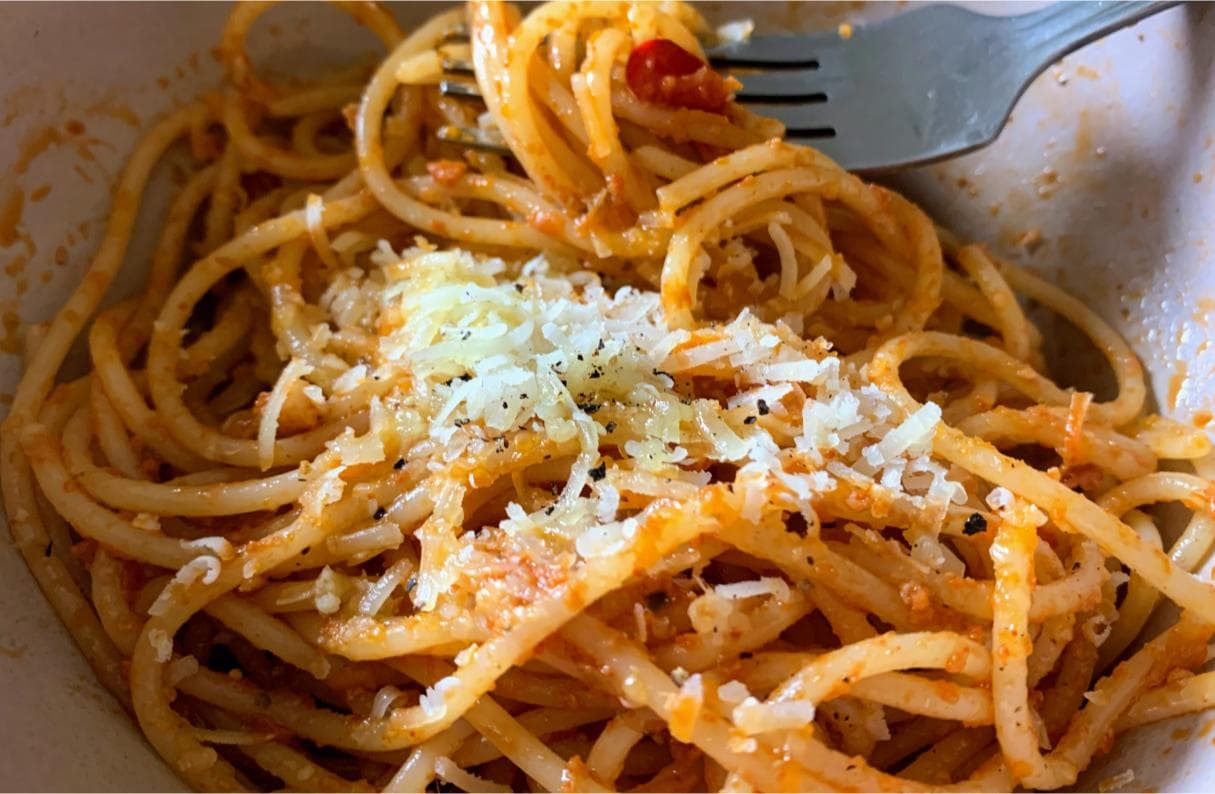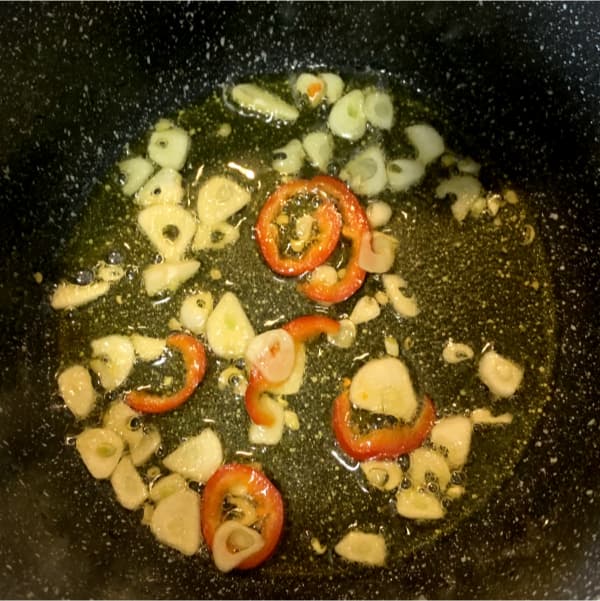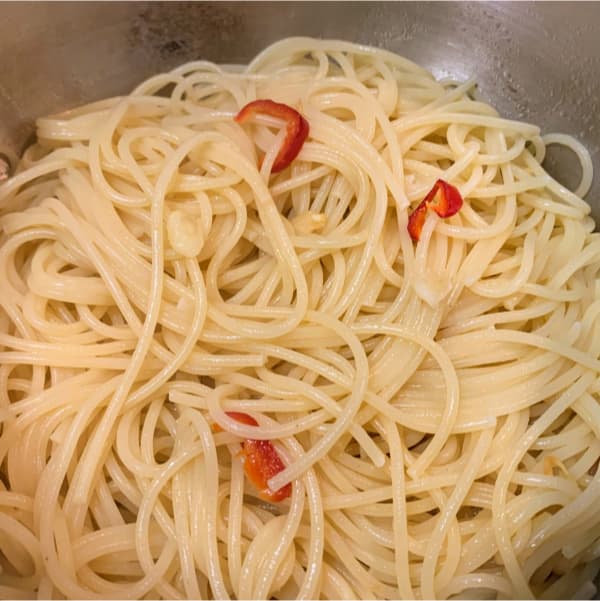Pasta and store-bought pesto from a jar is one of those staples you can always rely on when money is tight or you just want a quick meal. That being said, it can get a little - dare I say it? - boring. Thankfully however, all this dish needs is a little jazzing up. So here’s how to get the most out of your store-bought pesto so it feels less like a struggle meal and more like a treat!

Use the right pasta and cook it al dente
Pesto itself has very little texture. That’s why it’s so important to make sure your pasta still has some texture to it when you take it out of the pot. I like to go for spaghetti because it’s easy to tell when it’s got that perfect bite to it as it puts up a little resistance when dangling off the edge of the fork.
When it comes to pesto, my vote will always be for spaghetti or tagliatelle. I find the surface area of more complex shapes (such as fusilli or maccheroni) means you have to add way too much pesto for all the nooks and crannies to be coated.
Stir in a fried garnish of oil, garlic and fresh chilli
At the very least, stir through some olive oil to stop the texture of the pesto from being too “tacky” or dry - this can sometimes be a problem with cheaper store-bought pesto. And if you have any garlic and chilli on hand, I implore you to incorporate these too.


Slice the chilli into thin rounds, slice the garlic thinly too, and gently heat in olive oil in a separate pan about 5 minutes before serving. (You can also do this early on and then just turn the heat off). Then you can stir this through before adding the pesto, or pour the oil, garlic and chilli garnish over the top to finish. You'll find this combination really elevates the whole dish.
You can also add some sliced black olives which I'm particularly partial to.
Don’t use too much pesto or cheese
Pasta water is salty, parmigiano - the cheese you’ll most likely be adding - is salty, and pesto is salty too. So do yourself a favour and go light on the pesto at least at first, then only add more if you really feel it needs it. Otherwise you’ll be getting a mouthful of salt.
Again, parmigiano is the perfect cheese with this dish. If money is tight though, you can always get grana padano instead, which is less pungent but generally more affordable. My only tip with regards to the parmigiano would be to grate it finely and don’t add too much as overly cheesing your store-bought pesto can actually dry it out.
If you’re making your pasta and pesto in advance, for example to take to work for your lunch, try storing your grated cheese in a separate container and sprinkling it on when it’s time to eat. You will thank yourself.
Add texture with toasted pine nuts
Now this sounds fancy, but toasting pine nuts is incredibly easy and only takes a few minutes. Simply heat a handful (or two) of pine nuts in a dry pan on medium heat for a few minutes until they get some colour but don’t burn. If they get a little black, I actually don’t mind. You can try it yourself and see what you prefer.
Pine nuts go perfectly with pesto because they’re actually one of the main ingredients in pesto itself. In the pesto however, they’re of course ground up and homogenised with everything else so they don’t get the chance to really shine to their full potential.
Always finish with:
A sprinkling of parmigiano, black pepper and an extra mini drizzle of olive oil on top of the cheese.
